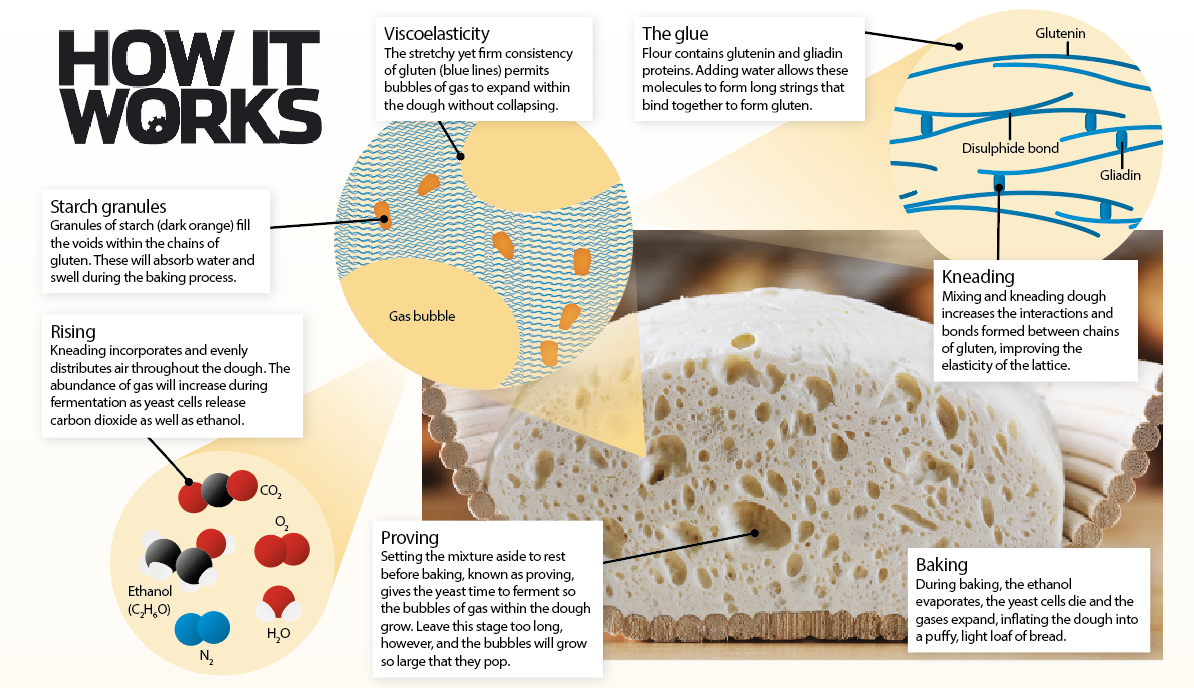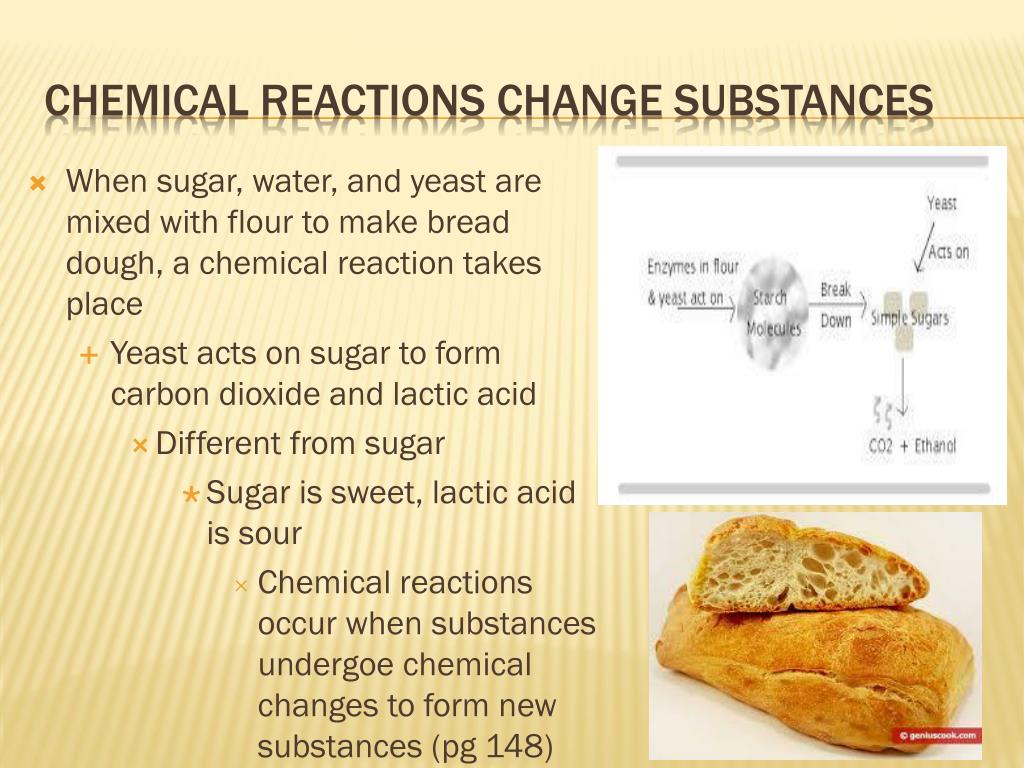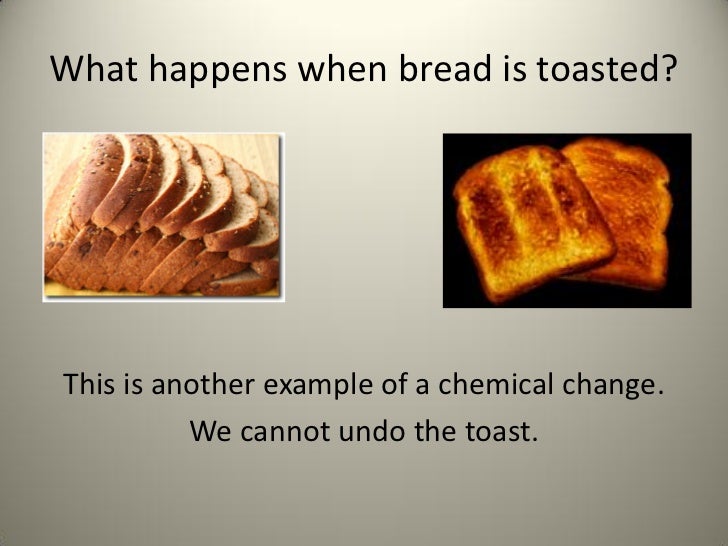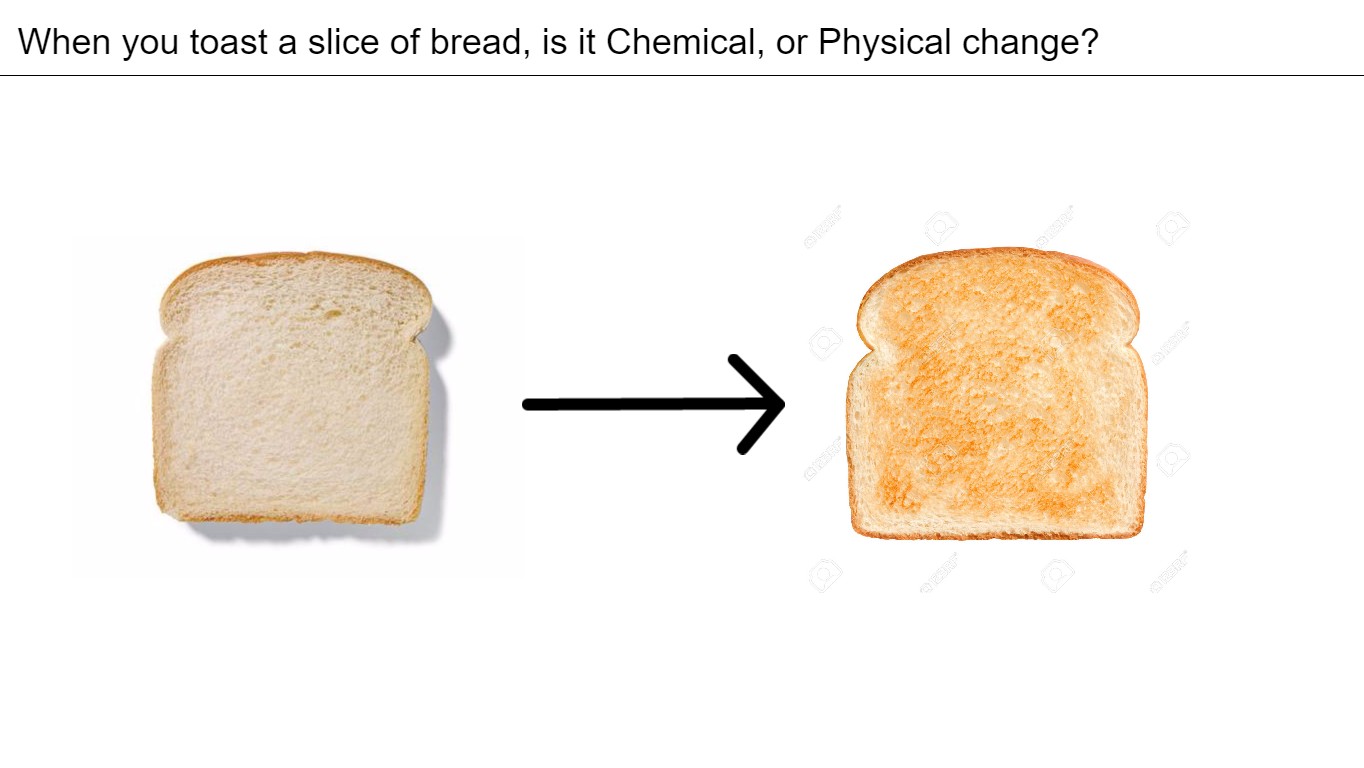How is baking bread a chemical reaction ~ In bread making or special yeasted cakes the yeast organisms expel carbon dioxide as they feed off of sugars. Baking soda also known as sodium bicarbonate is another leavening agent used in baking. Indeed lately has been hunted by users around us, perhaps one of you. Individuals are now accustomed to using the internet in gadgets to view image and video data for inspiration, and according to the title of the article I will talk about about How Is Baking Bread A Chemical Reaction Subsequently question is what is the chemical reaction in bread.
Source Image @ www.compoundchem.com
Aroma Chemistry The Smell Of Freshly Baked Bread Compound Interest

Baking bread is a chemical reaction. Specifically it participates in the Maillard reaction a series of reactions between sugars and amino acids that occur rapidly above 140C. Your How is baking bread a chemical reaction photos are available. How is baking bread a chemical reaction are a topic that has been hunted for and liked by netizens now. You can Find and Download or bookmark the How is baking bread a chemical reaction files here
How is baking bread a chemical reaction - This is why the dough volume increases. Leavening agents such as baking soda baking powder and yeast give cake dough its lightness. The result is browning which forms the crust of many baked goods such as bread. Once reactivated yeast begins feeding on the sugars in flour and releases the carbon dioxide that makes bread rise although at a much slower rate than baking powder or soda.
Cooking burning freezing melting Physical- beating the egg adding ingredients stirring kneading the dough Chemical changes- baking in an oven yeast forming bubbles of gases in dough. Wheat flour contains more glycoproteins. And by the way the golden-brown colour of bread after baking is the result of the Maillard reaction so named after the chemist who found that the heat of the oven causes a reaction between amino acids and sugars which gives a golden colour to baked goods. The bread rises and sets.
100C water evaporates leaving air pockets in your mixture along with those of the bicarb soda. In bread making or special yeasted cakes the yeast organisms expel carbon dioxide as they feed off of sugars. It would turn into a physical change when the bread is being cut into slices. 2NaHCO 3 H - Na H 2 O CO 2 As seen an important product obtained form baking powder when added to the dough and heated is CO 2.
33C butter melts spreading out the dough and leaving water pockets. Answer and Explanation. In bread making or special yeasted cakes the yeast organisms expel carbon dioxide as they feed off of sugars. As the dough rises and proofs.
This thesis explores the effects of manipulating proteins water lipids air and the biochemical. The trapped carbon dioxide makes the dough rise and the alcohol evaporates during the baking process. Quickbreads such as banana bread get their rise from a chemical reaction. To bake a loaf of bread many ingredients must be mixed together and heat must be added.
The carbon dioxide gas creates tiny bubbles and causes the dough to expand and rise. Baking bread is a chemical reaction. Expansion of carbon dioxide The carbon dioxide trapped in the dough expands as the temperature rises. As the dough rises and proofs carbon dioxide is formed.
Chemistry of baking quick breads. The reaction occurs when high heat causes sugar molecules to break down and release water which turns into steam. 60C germs are killed off egg proteins solidify the mixture. If the reaction is left for too long the alcohol by-product begins to oxidize and become acidic.
What type of reaction is baking bread. Changes the properties of the object. The chemical reaction for baking powder is the following. The carbon dioxide expands and moves as the bread dough warms and bakes in the oven.
When heated it releases sodium carbonate water and. It can also get involved in some other chemical reactions during the baking process. To produce a bread that is light and easy to chew gas bubbles must be incorporated into the. This is what sometimes causes dough to taste sour.
When the baking temperature reaches 300 degrees Fahrenheit sugar undergoes what is known as a Maillard reaction a chemical reaction between amino acids proteins and reducing sugars. The ancient tradition of bread baking depends on a cascade of chemical reactions. Hydrogen carbonate is also a resonance structure and a polyatomic ion. Baking powder and baking soda supply some of these acids and bases.
Physical changes 1. This type of bread is commonly called quick bread Since the chemical reaction lasts only a short time the bread rises rapidly and must be baked immediately. The processes of cooking and baking can be described by molecular-level chemical reactions. Baking bread is an example of chemical change since it causes the dough to rise up due to the heat of the oven.
The sugar produced by this process isnt all metabolised by the yeast however. Why is baking bread a chemical reaction. Baking soda reacts in the dough with acids to make carbon dioxide which makes the dough rise. Evaporation of liquids The water and the ethanol formed by the yeast action evaporate and their vapours expand in the dough.
This is an irreversible chemical change because by consuming the sugar the yeast has created new substancescarbon dioxide and ethanoland the reaction cannot be reversed. By identifying the key variables of flour-based baked goods it is possible to manipulate recipes and create an improved overall final product. A chemical reaction releases carbonic gas carbon dioxide which makes the dough rise an irreversible chemical change. Here is the chemistry of bread making.
Caramelization which occurs at 356 degrees Fahrenheit is the last chemical reaction to occur during the baking process. Yeast also adds many of the distinctive flavors and aromas we associate with bread. Is baking a chemical or physical change. Gas bubbles are released when the acids in the recipe combine with base chemicals.
A chemical reaction with the yeast occurs in the dough turning it into delicious bread. To bake a loaf of bread many ingredients must be mixed together and heat must be added. Other acids in recipes include buttermilk honey and molasses. How are chemical reactions involved in baking bread Is baking dough into bread a chemical or physical change.
For more on yeast check out our fun yeast activity. The baking of bread involves both physical and chemical changes. Then we just have to bake. Salt is another ingredient in making bread.
It would turn into a physical change when the bread is being cut into slices. This is a chemical change just because the color of the bread is turning from white to. As scientists have unravelled this complex chemistry they have also found myriad ways to modify the process say Bryan Reuben and Tom Coultate In short A series of chemical reactions take place throughout the process of turning flour into bread Bread owes much of its structure to gluten proteins a. Baking Bread is not purely physical but chemical as well.
Heres a brief summary of the chemical reactions that take place when baking a tray of biscuits. The rising of the dough. It cannot change back. Lets off heat lets of gasbubbles lets off light changes in smell.
The appearance changes but the chemical composition does also. Breads made with wheat flour rise the highest.
Source Image @ breadposter.blogspot.com
Source Image @ breadposter.blogspot.com
Source Image @ www.pinterest.com
Source Image @ www.slideserve.com
Source Image @ socratic.org
Source Image @ breadposter.blogspot.com
Source Image @ www.compoundchem.com
Source Image @ breadposter.blogspot.com
Source Image @ www.howitworksdaily.com
If you re looking for How Is Baking Bread A Chemical Reaction you've come to the right location. We ve got 10 graphics about how is baking bread a chemical reaction adding images, photos, pictures, wallpapers, and much more. In these webpage, we also provide variety of images out there. Such as png, jpg, animated gifs, pic art, logo, blackandwhite, translucent, etc.
If the publishing of this web page is beneficial to our suport by posting article posts of the site to social media marketing accounts to have such as Facebook, Instagram and others or can also bookmark this blog page with the title Culinary Science Dough Chemistry How It Works Employ Ctrl + D for pc devices with Glass windows operating-system or Order + D for laptop devices with operating-system from Apple. If you use a smartphone, you can even use the drawer menu of the browser you use. Whether its a Windows, Mac, iOs or Android operating system, you'll still be in a position to download images using the download button.







0 comments:
Post a Comment